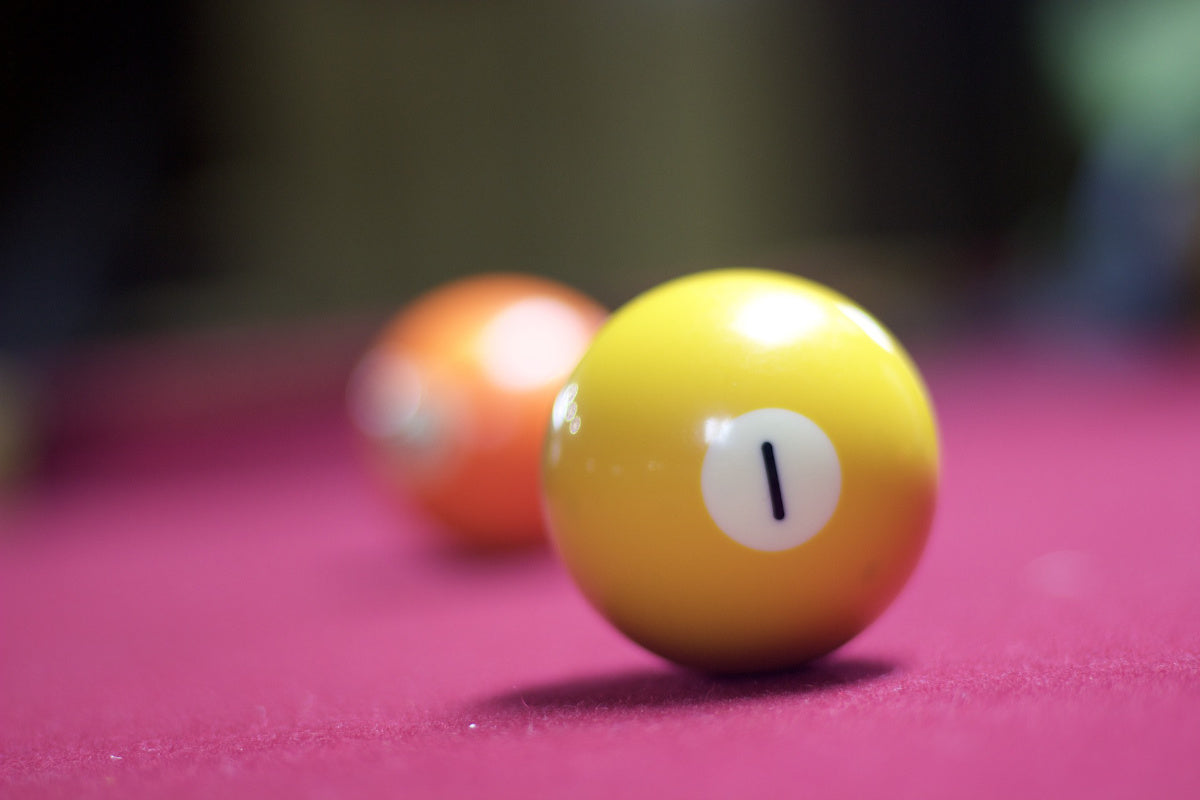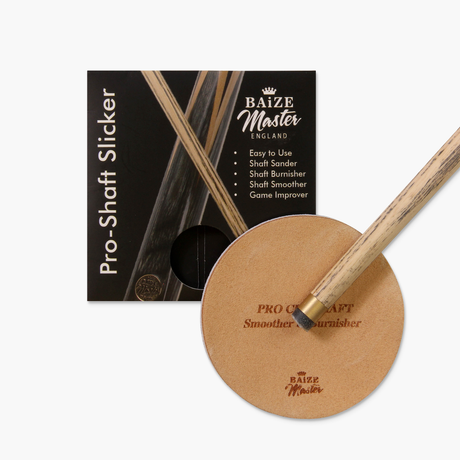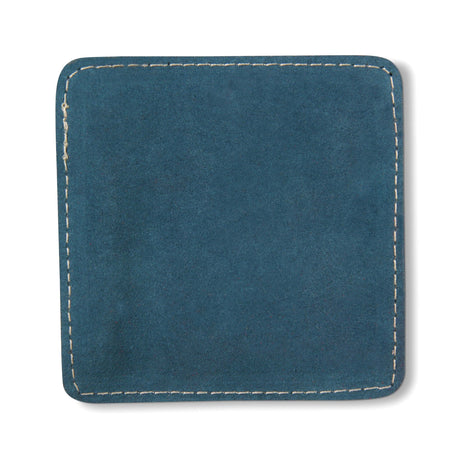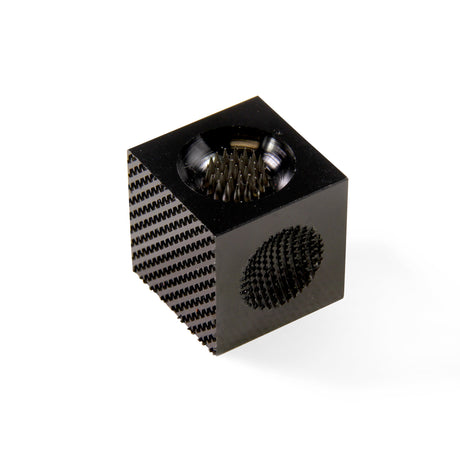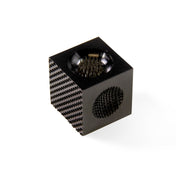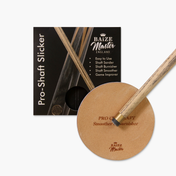While snooker and billiards may appear similar at first glance, these two cue sports possess distinct features that set them apart. In this post, we'll take an in-depth look at the key differences between snooker and billiards, including their rules, equipment, and gameplay. Understanding these distinctions will help you appreciate the nuances and complexities of each game.
The Rules: Comparing Objectives and Scoring
At the heart of each game are their unique rules and objectives. In snooker, players aim to pocket balls in a specific sequence, alternating between red balls (worth one point each) and colored balls (worth 2-7 points). The player with the highest score at the end of the frame wins.
In contrast, billiards refers to a family of cue sports with varying objectives. The most well-known is three-cushion billiards, where players must score points by striking their cue ball, hitting their opponent's cue ball, and then touching at least three cushions before touching the third ball. Other billiards games include straight rail and balkline.
Equipment: Table, Balls, and Cues
The equipment used in snooker and billiards also differs. While both games are played on a rectangular table, snooker tables are typically larger, measuring 12 feet by 6 feet. Billiards tables, on the other hand, can vary in size but are generally smaller than snooker tables.
Snooker uses a set of 22 balls, comprising 15 red balls, six colored balls, and a white cue ball. In contrast, most billiards games use just three balls: one white, one yellow, and one red.
Lastly, while both games use cues, snooker cues are typically longer and lighter than billiards cues, allowing for greater precision during play.
Gameplay: Strategy and Skills
Snooker and billiards also require different strategies and skills. Snooker players must exhibit accuracy and control, as they pocket balls in a specific order while considering the positional play for their next shot. In billiards, players focus more on angles, ball control, and cue ball manipulation, as they aim to execute complex shots and achieve specific objectives.
The skill sets for each game are distinct, and mastering one does not guarantee proficiency in the other. Both snooker and billiards demand dedication, practice, and strategic thinking to excel. Players must develop their individual techniques and adapt their gameplay to the unique challenges posed by each sport.
Popularity and Tournaments
The popularity of snooker and billiards varies around the globe. Snooker enjoys widespread popularity in the United Kingdom, China, and many other countries, with prestigious events like the World Snooker Championship drawing international attention. In contrast, billiards is more popular in Europe and the United States, with the Union Mondiale de Billard (UMB) organizing major competitions such as the Three-Cushion World Cup and the World Championship.
Each sport has its dedicated fan base, and both games have produced legendary players who have left their mark on the respective sports.
Conclusion
While snooker and billiards share similarities as cue sports, they are distinctly different games with unique rules, equipment, and gameplay strategies. Appreciating these differences allows fans and players to enjoy the complexities and challenges that each sport offers. Whether you prefer the precise potting and strategic planning of snooker or the creative shot-making and intricate angles of billiards, both games provide endless hours of entertainment and opportunities for skill development.
